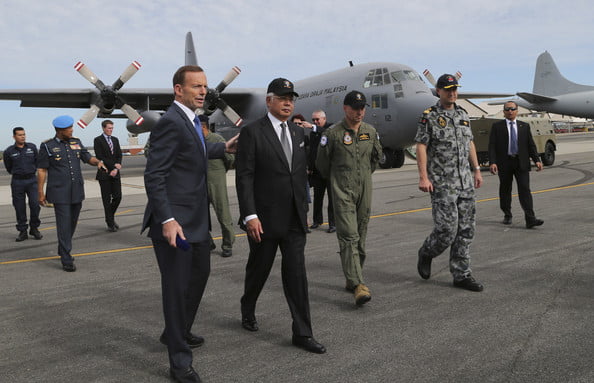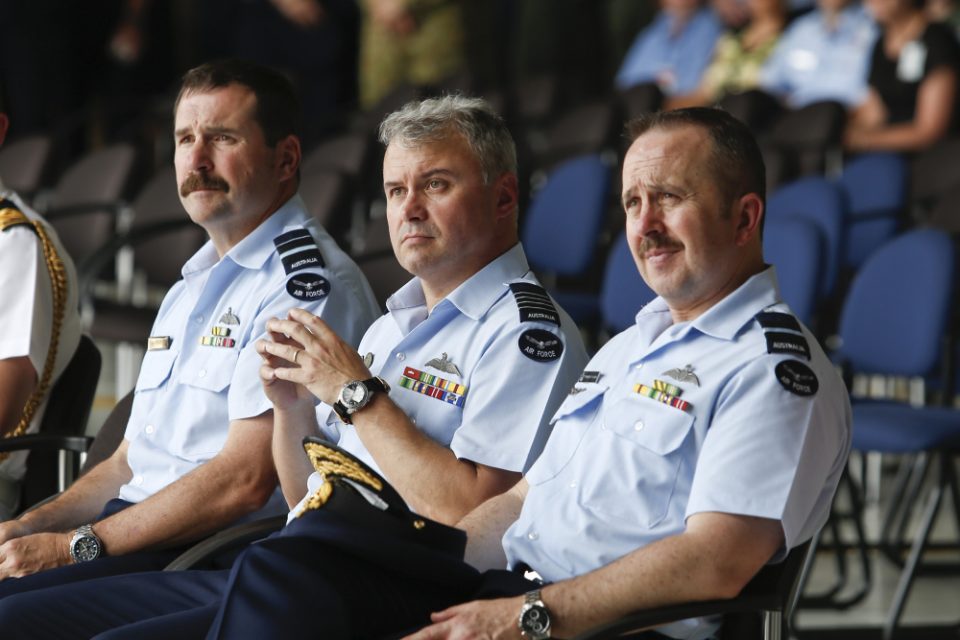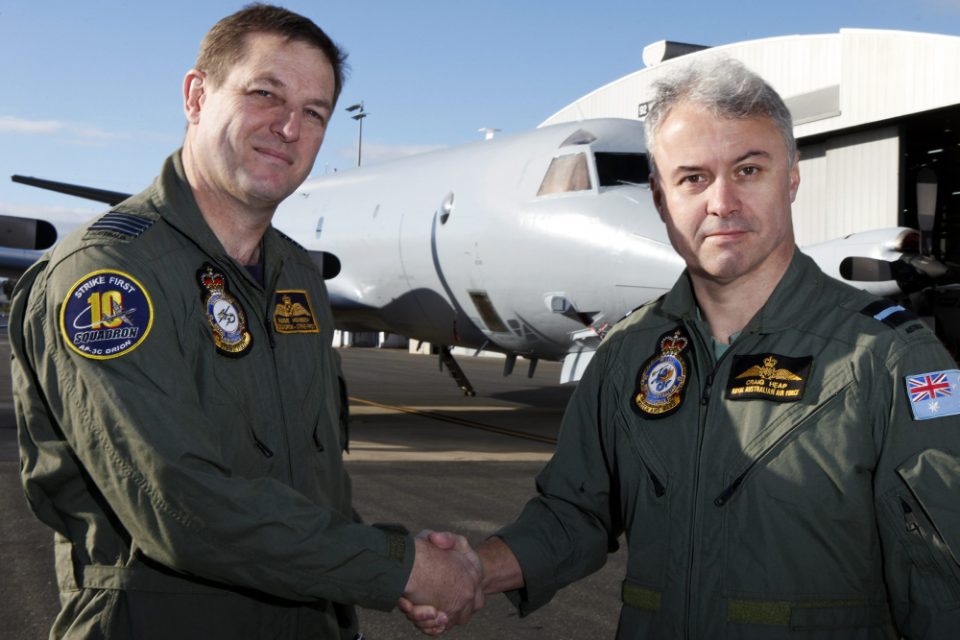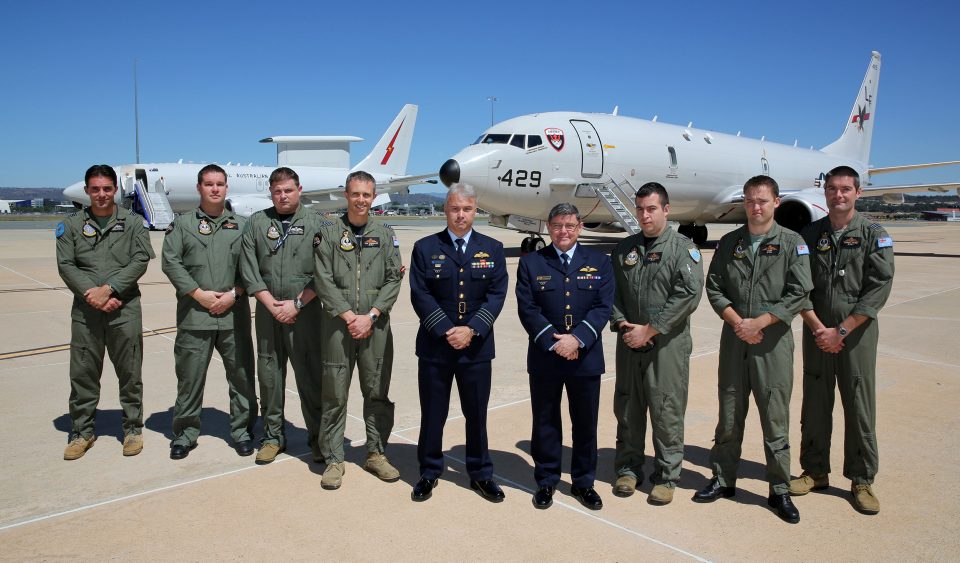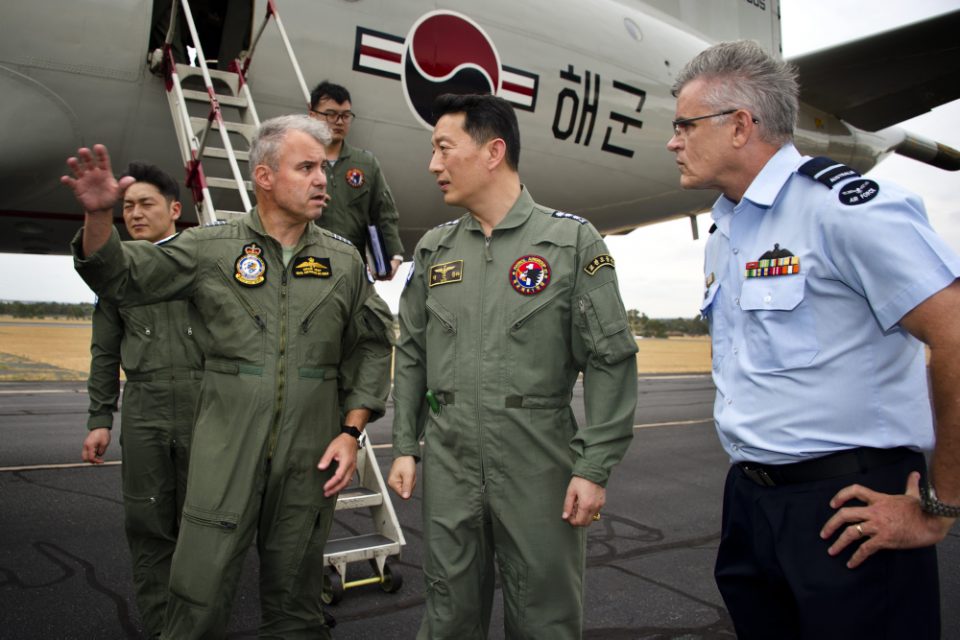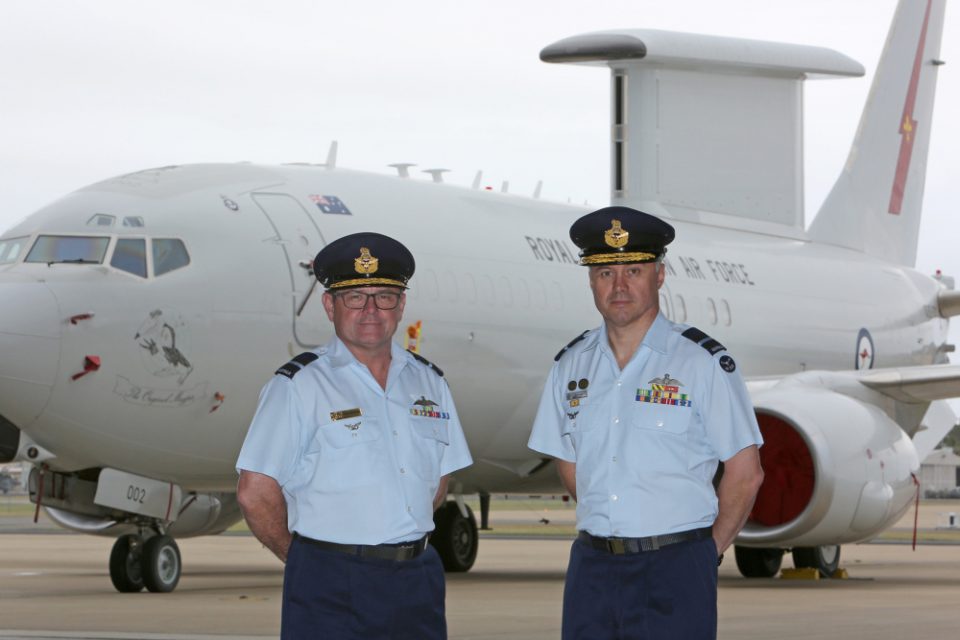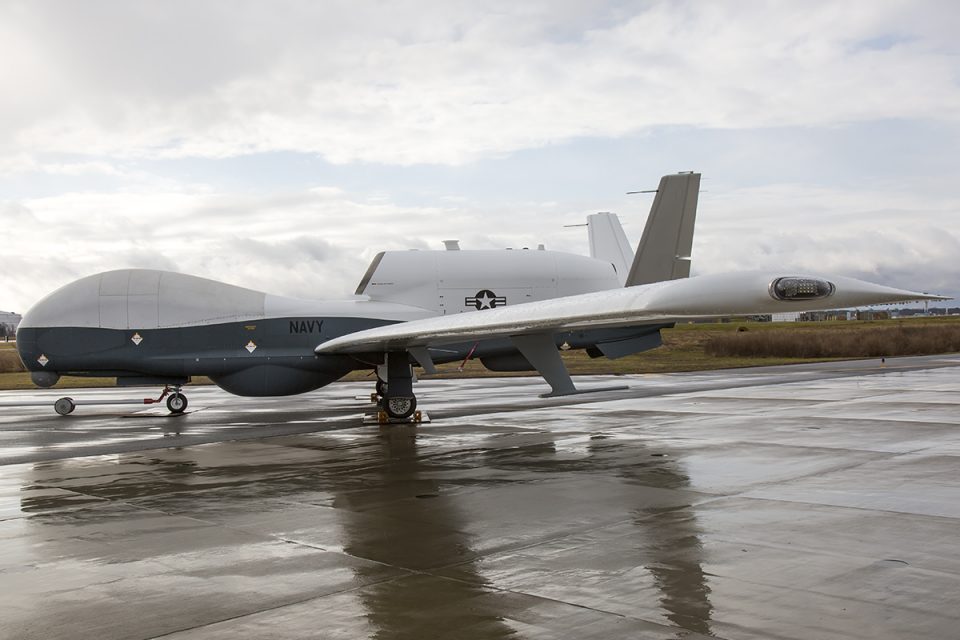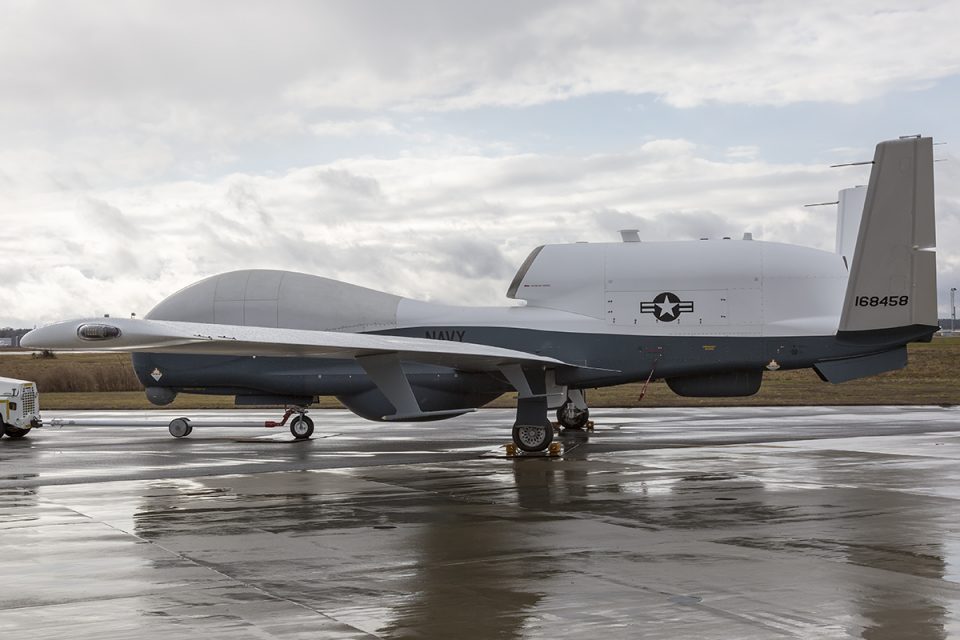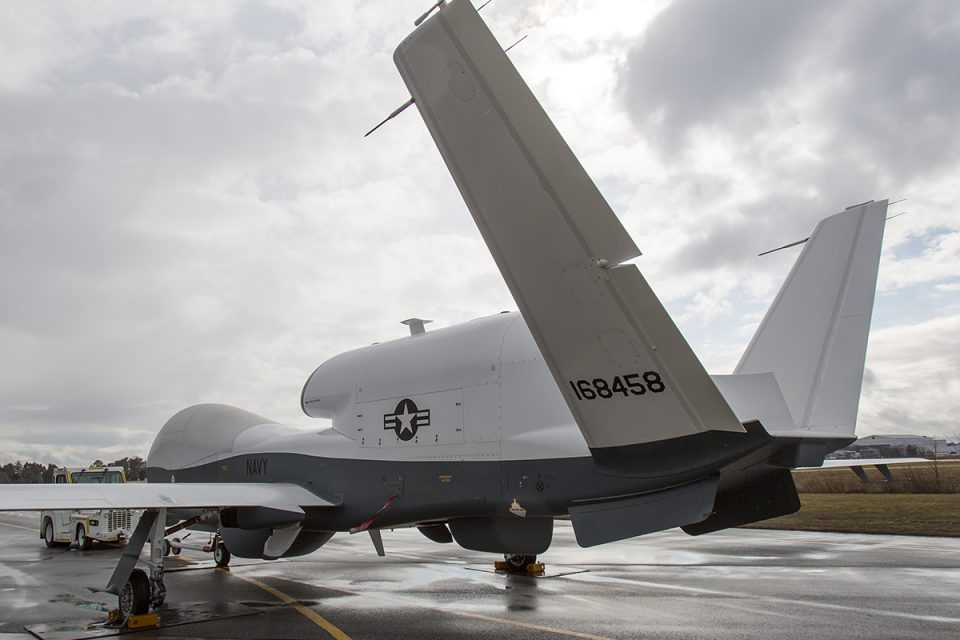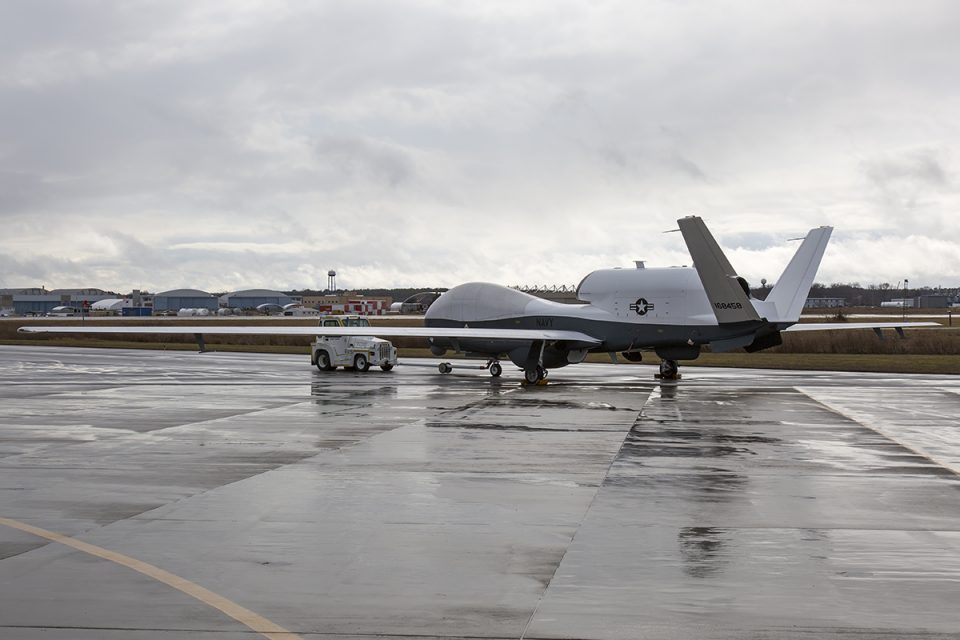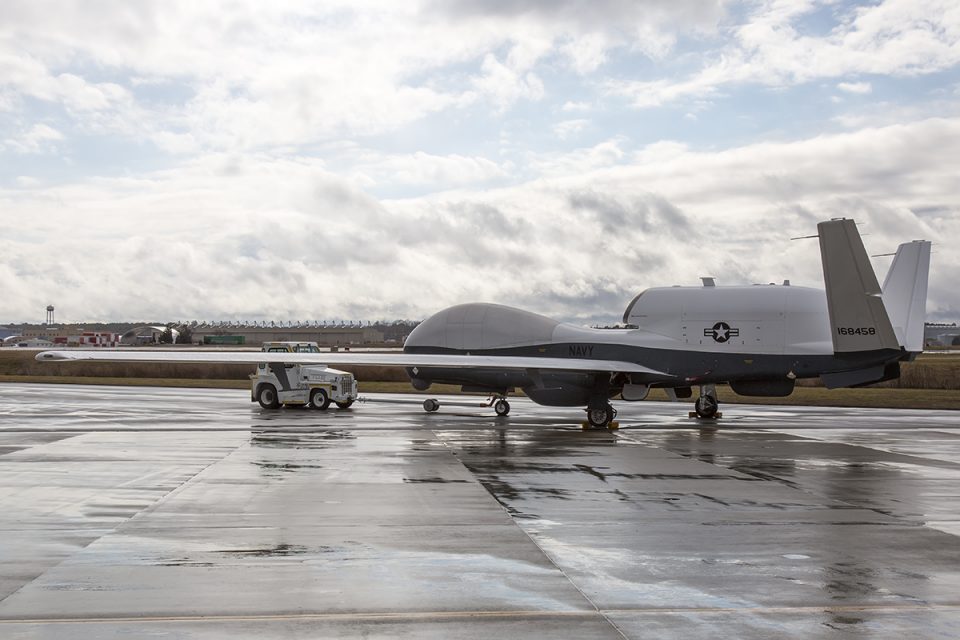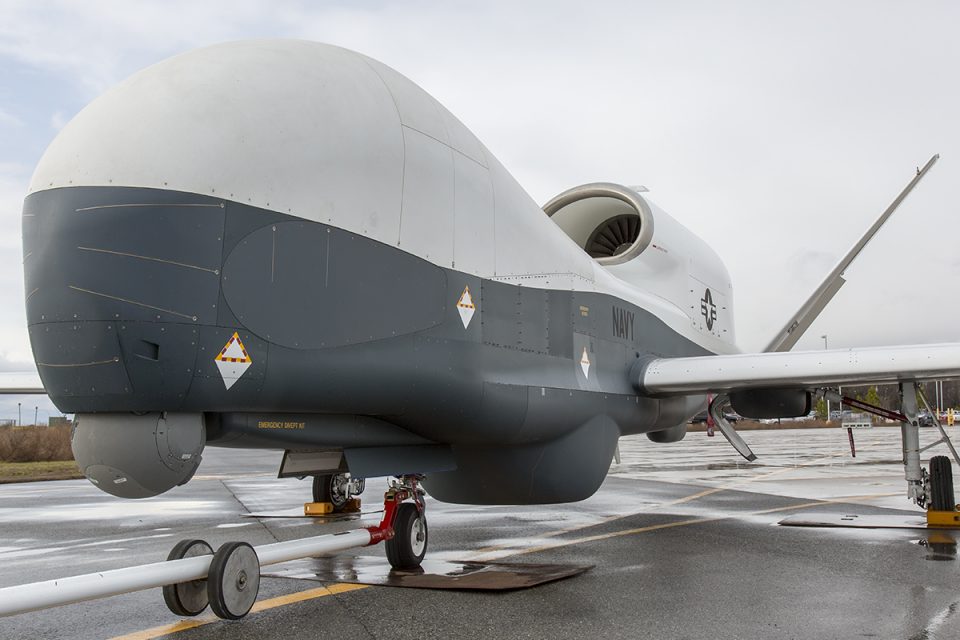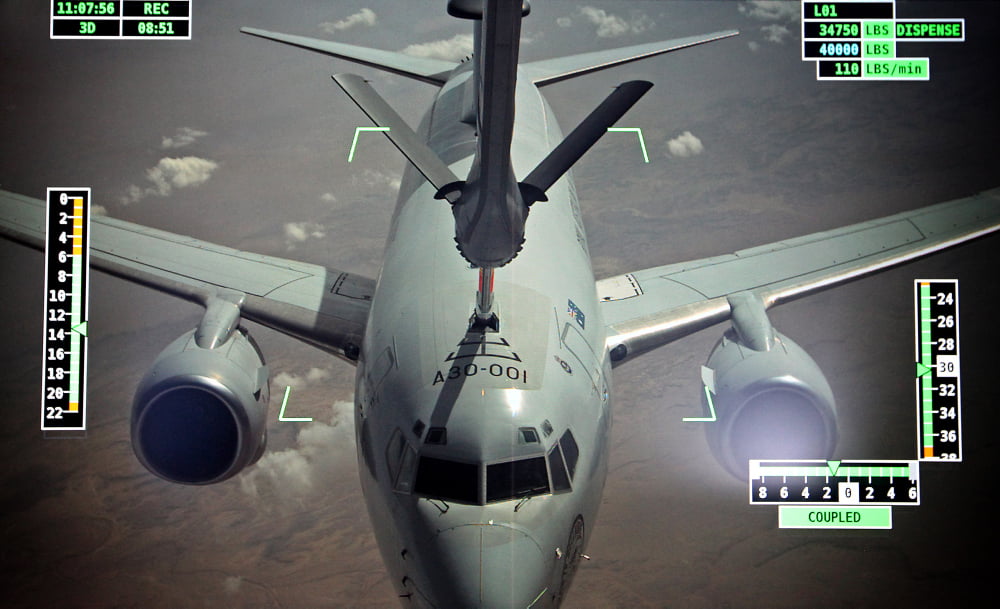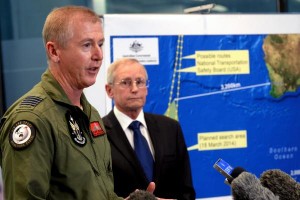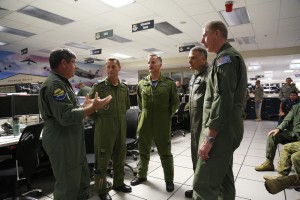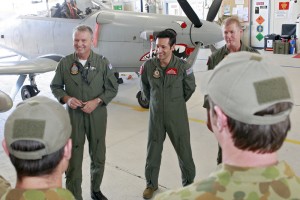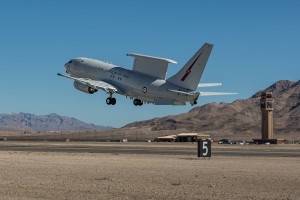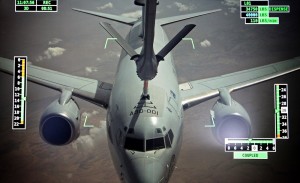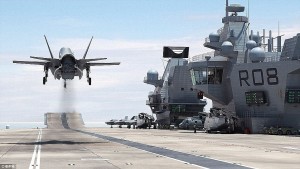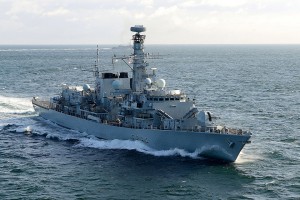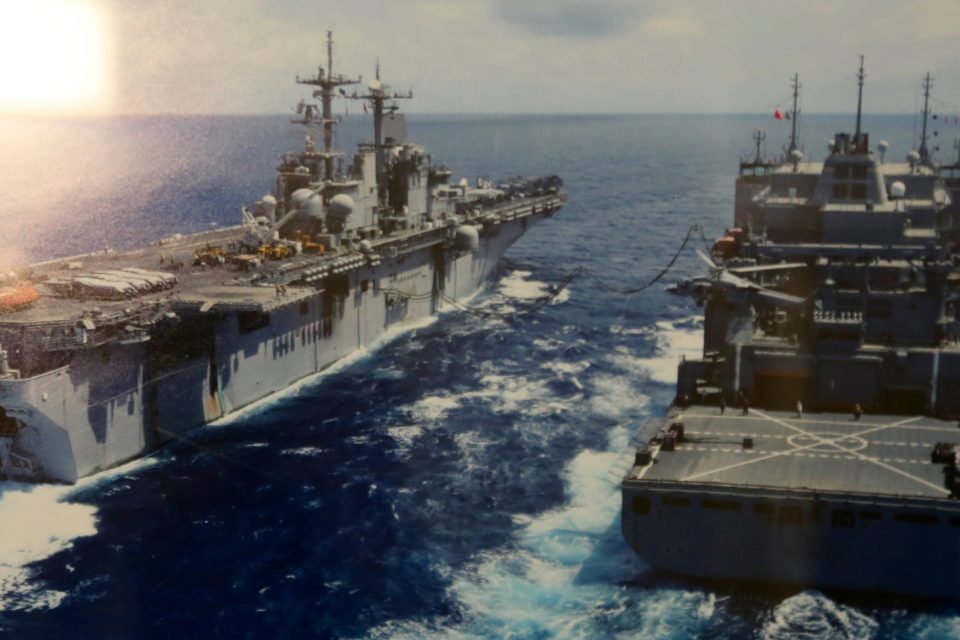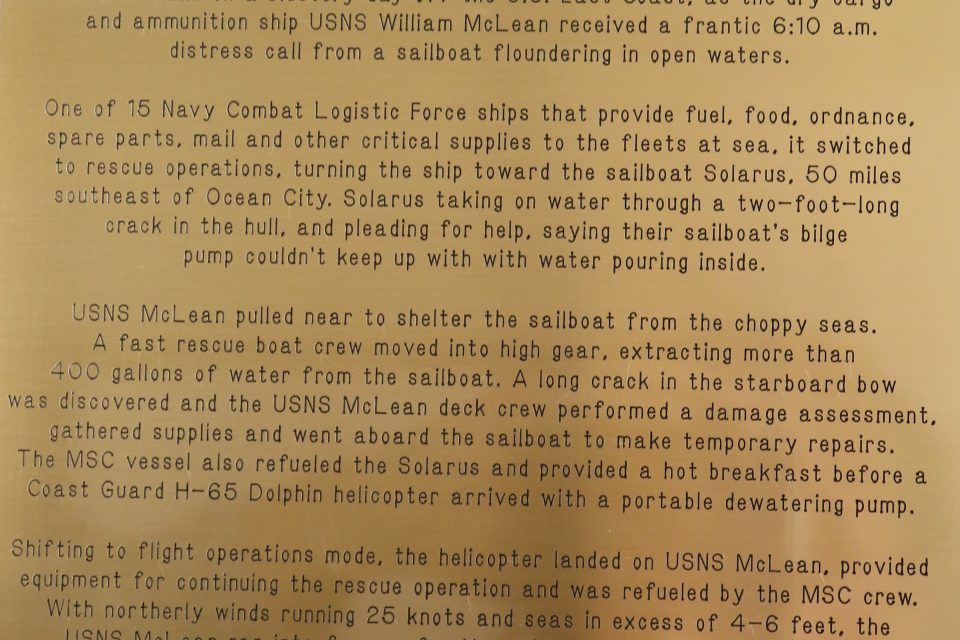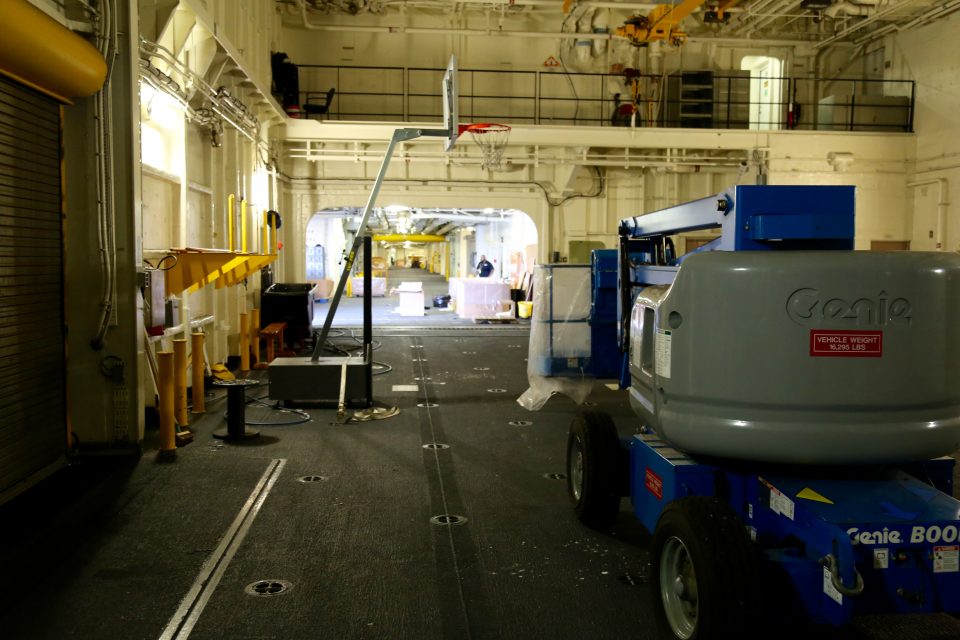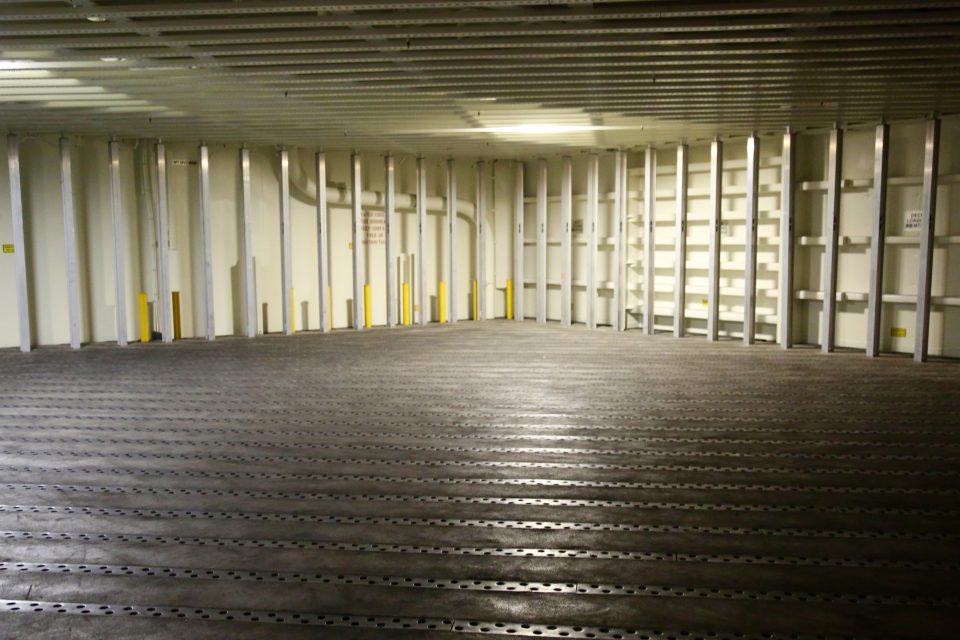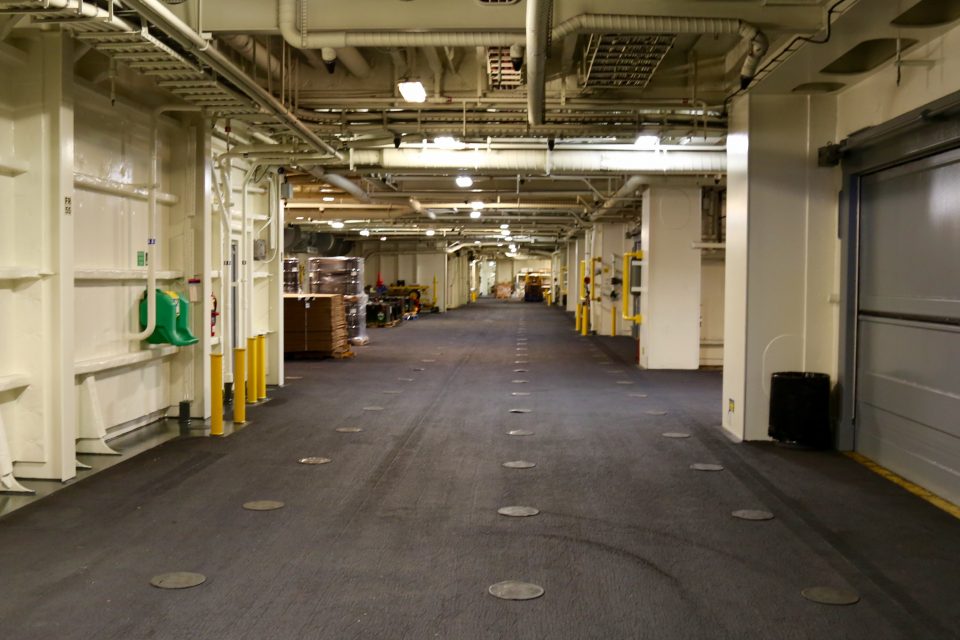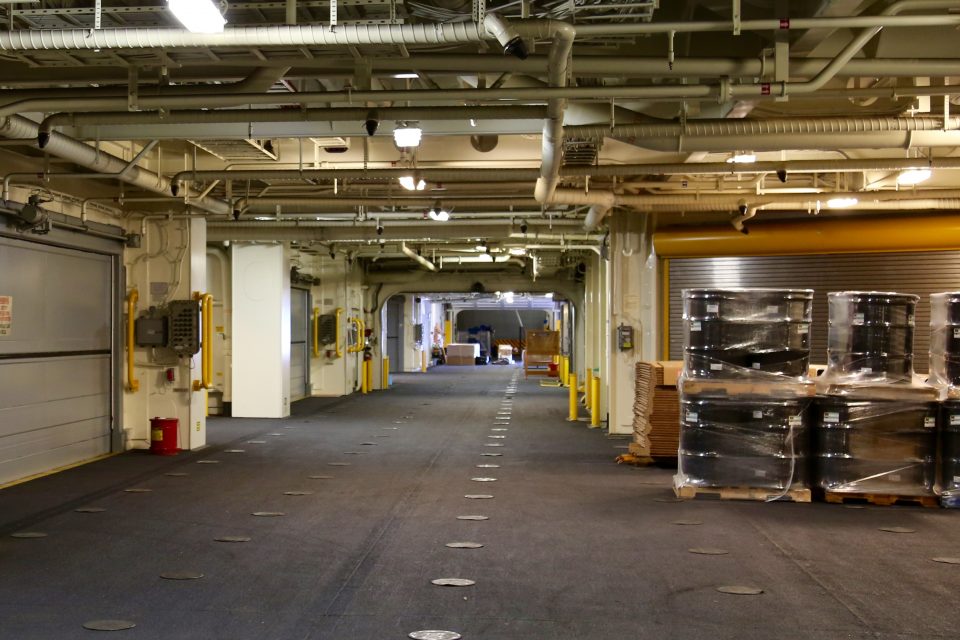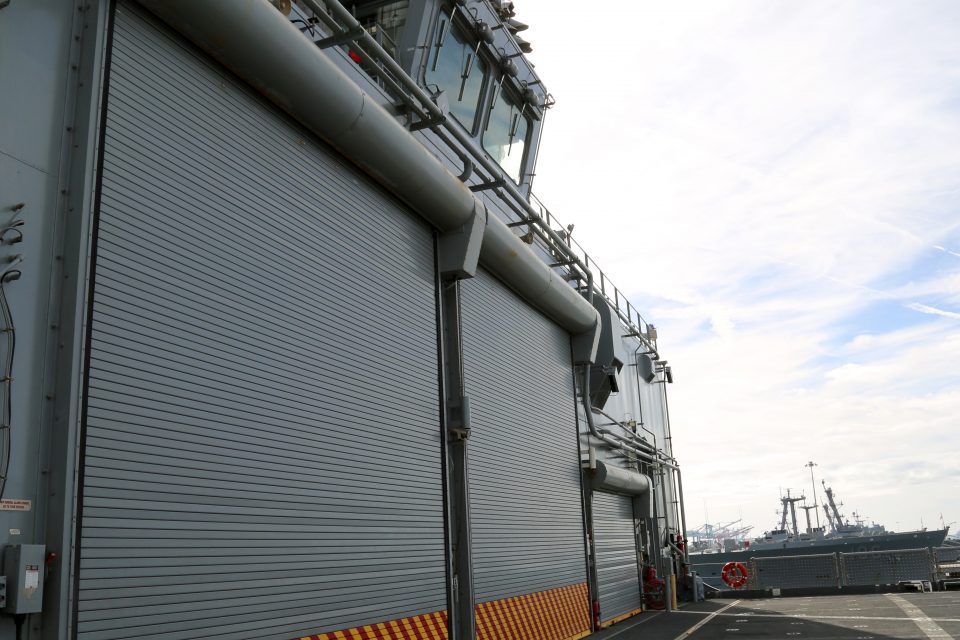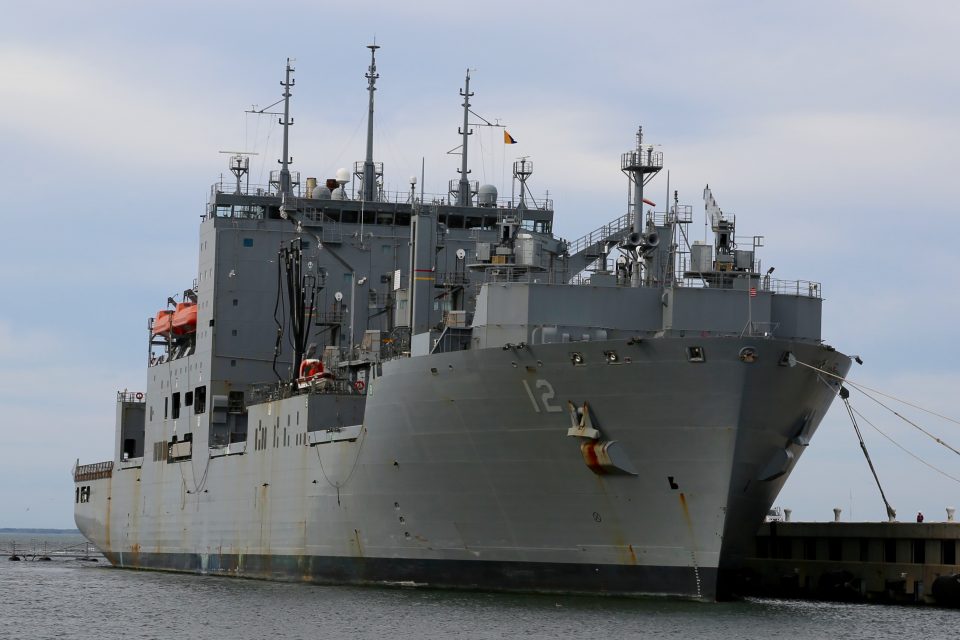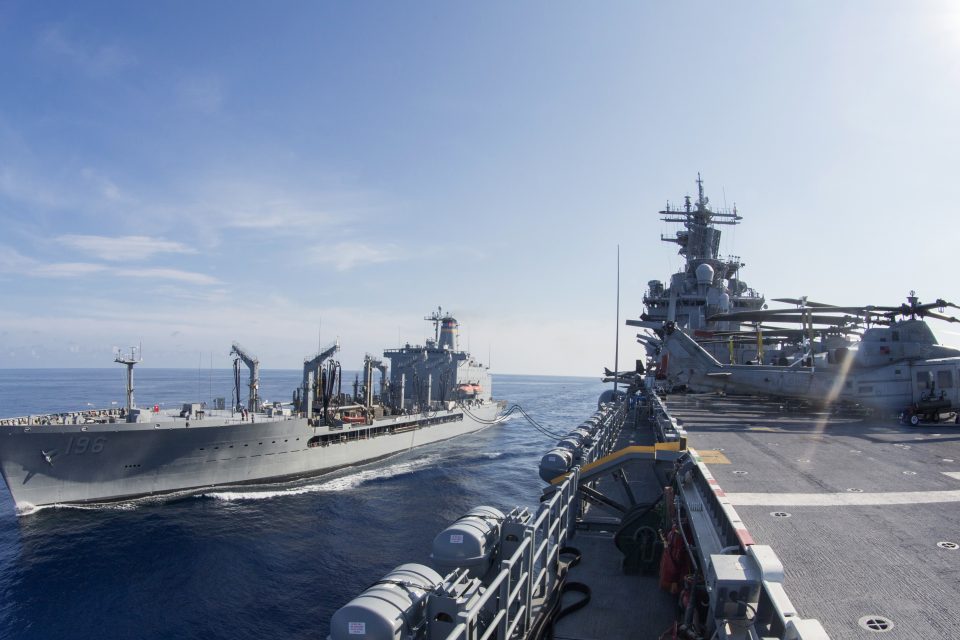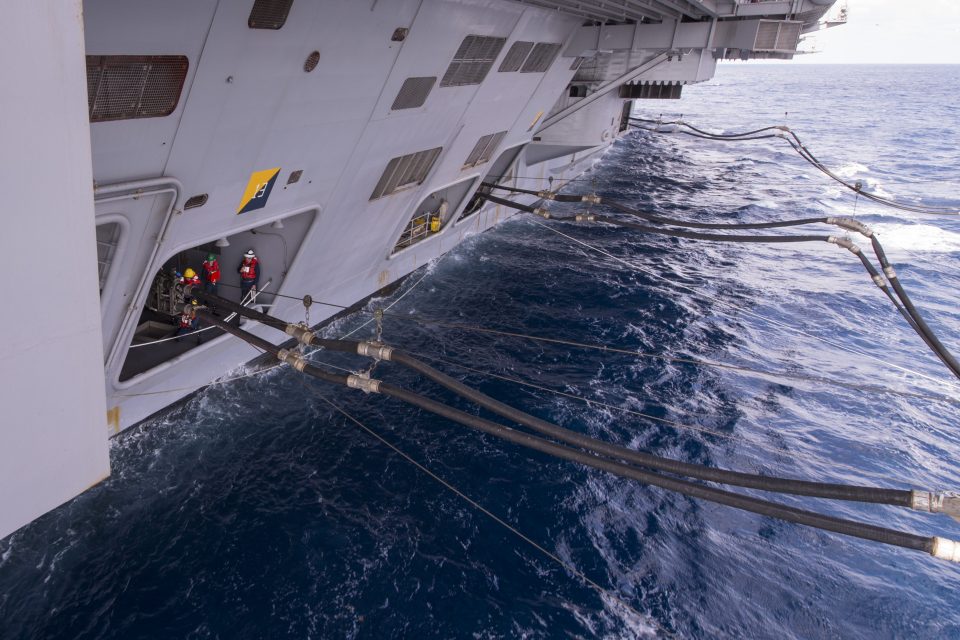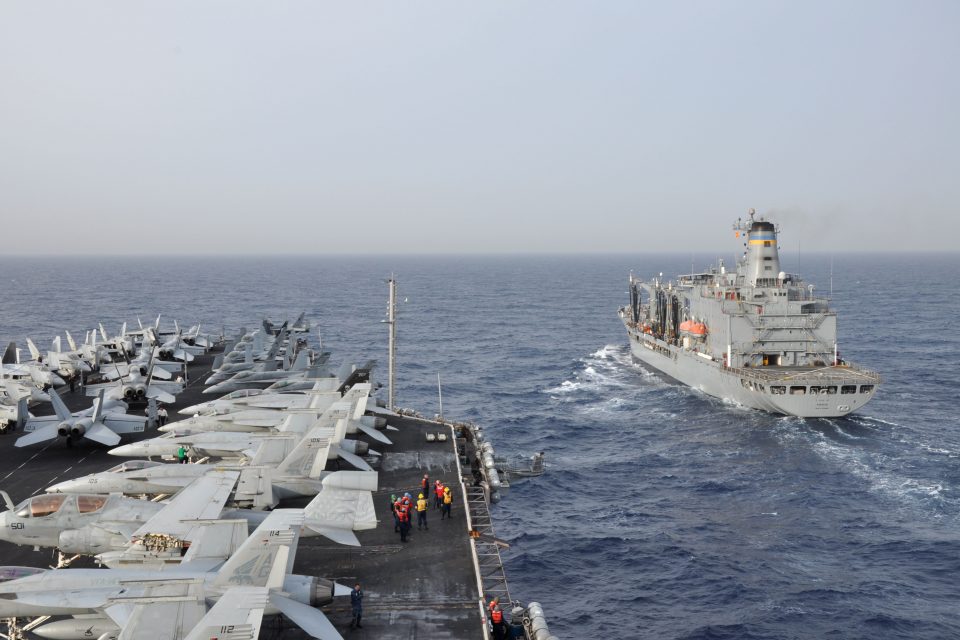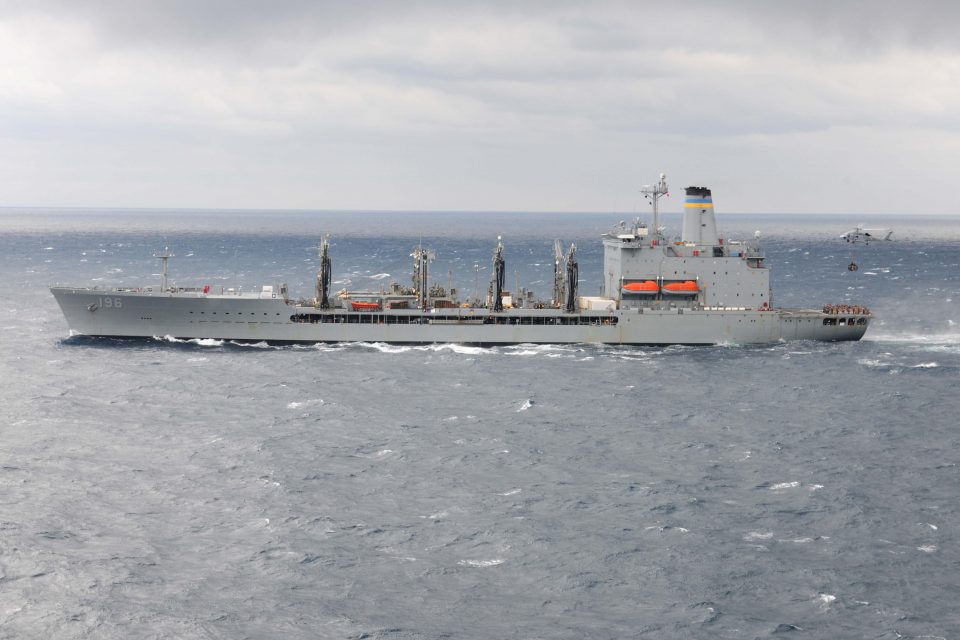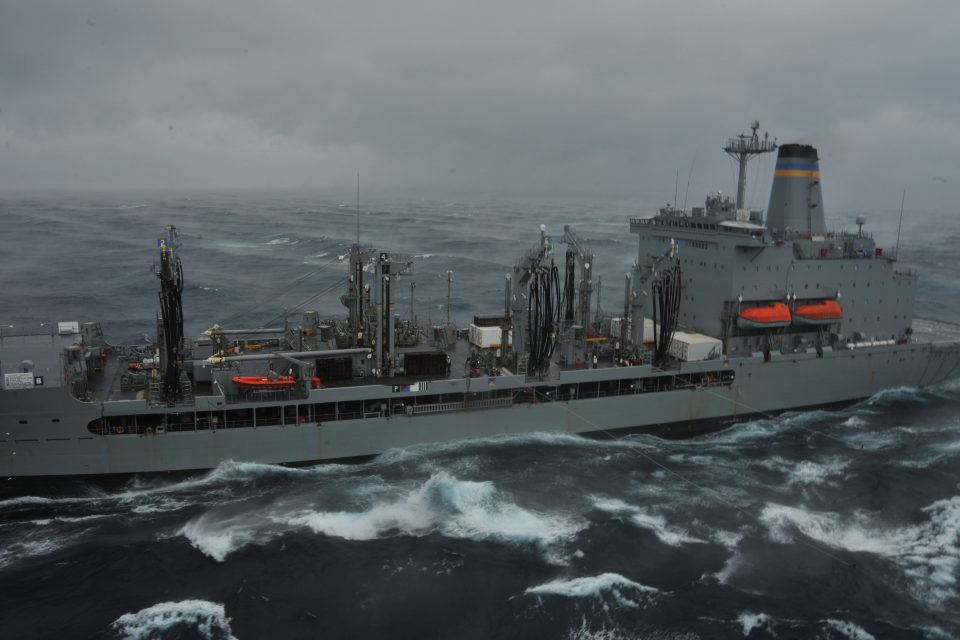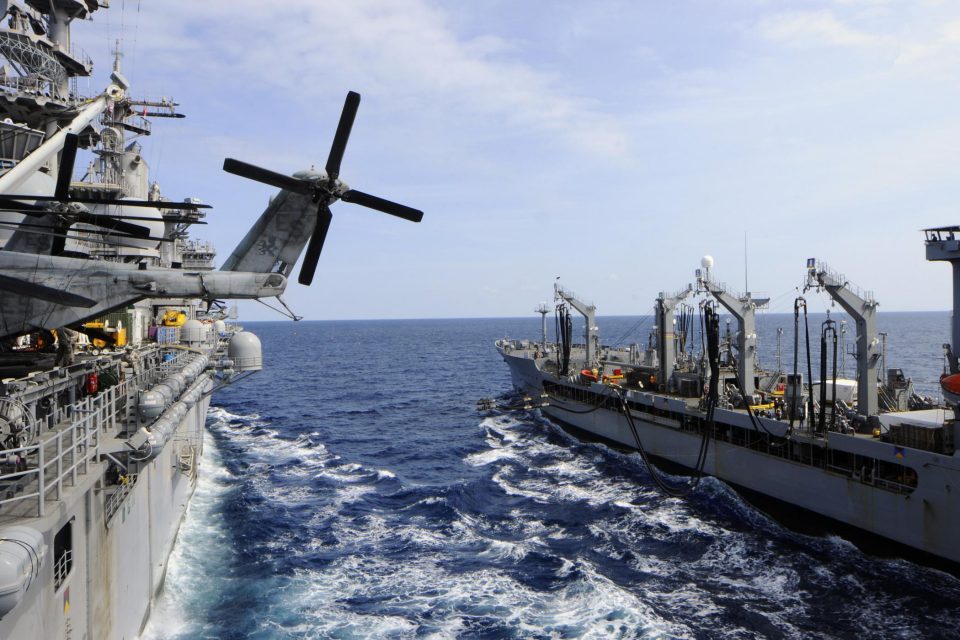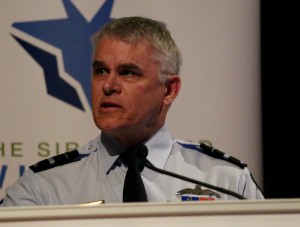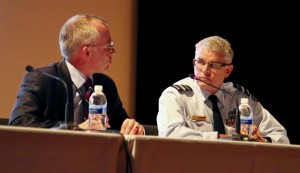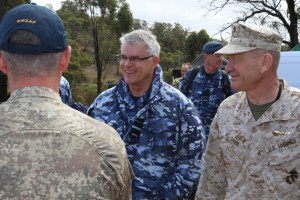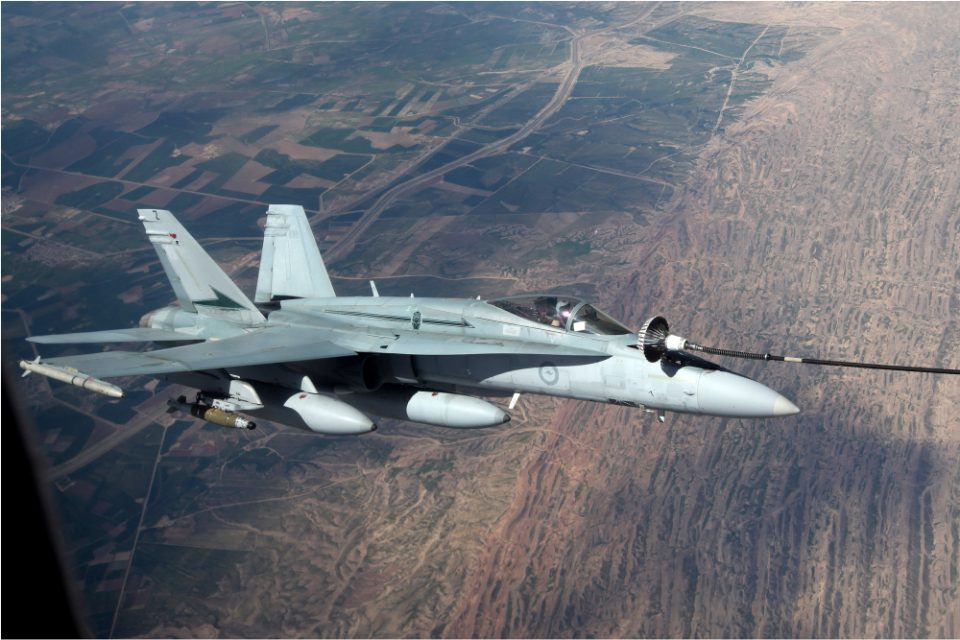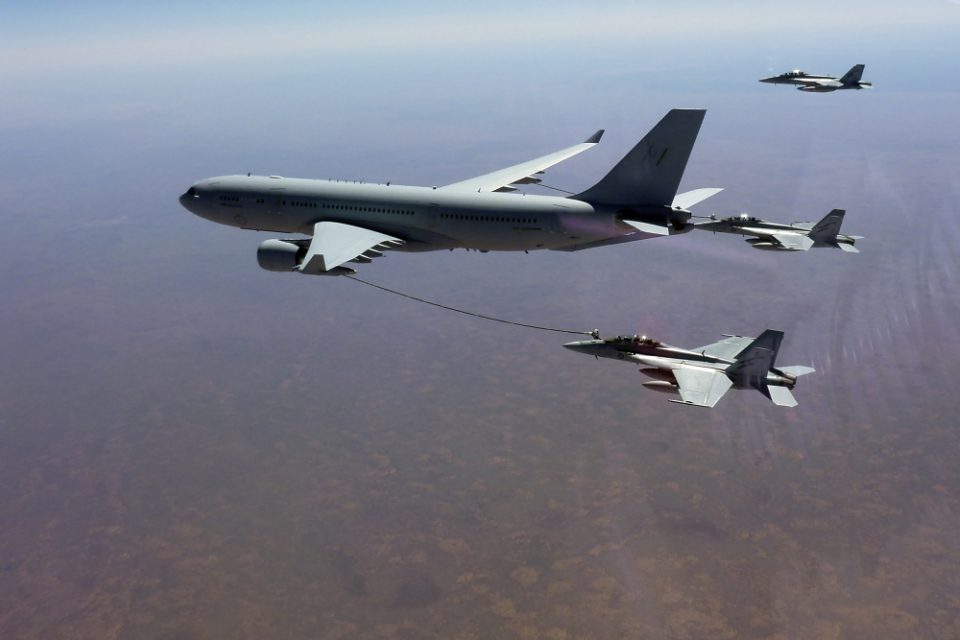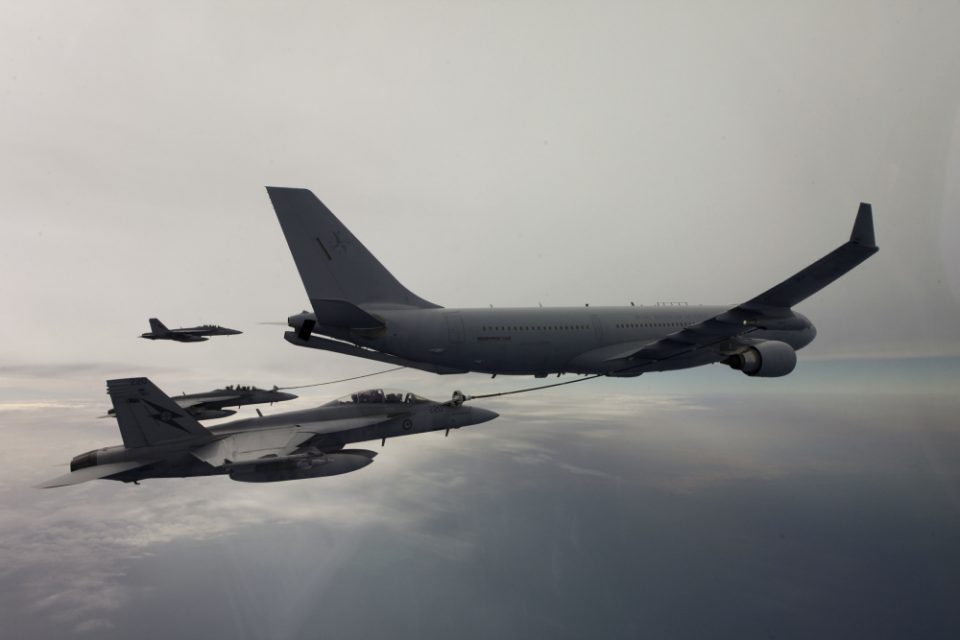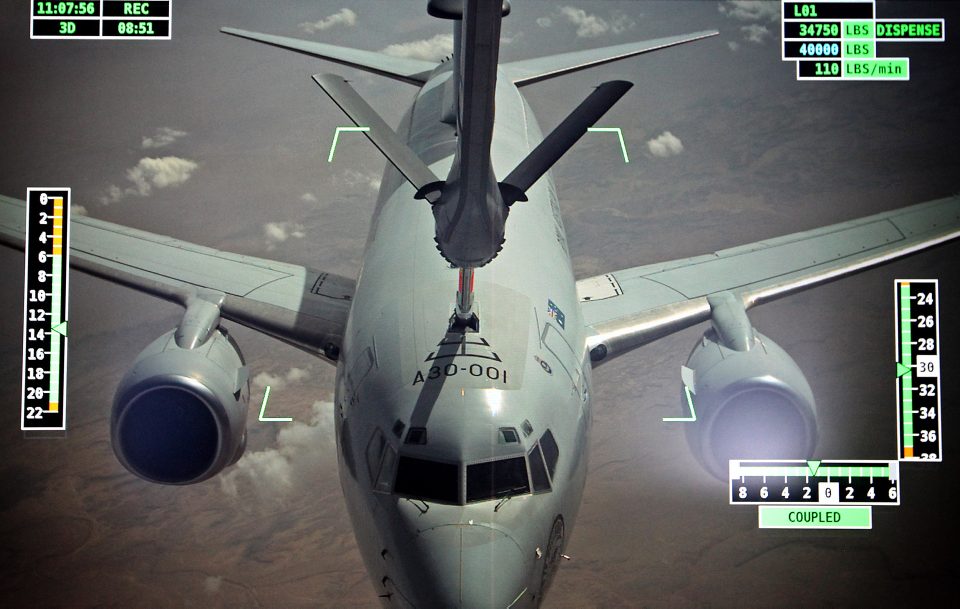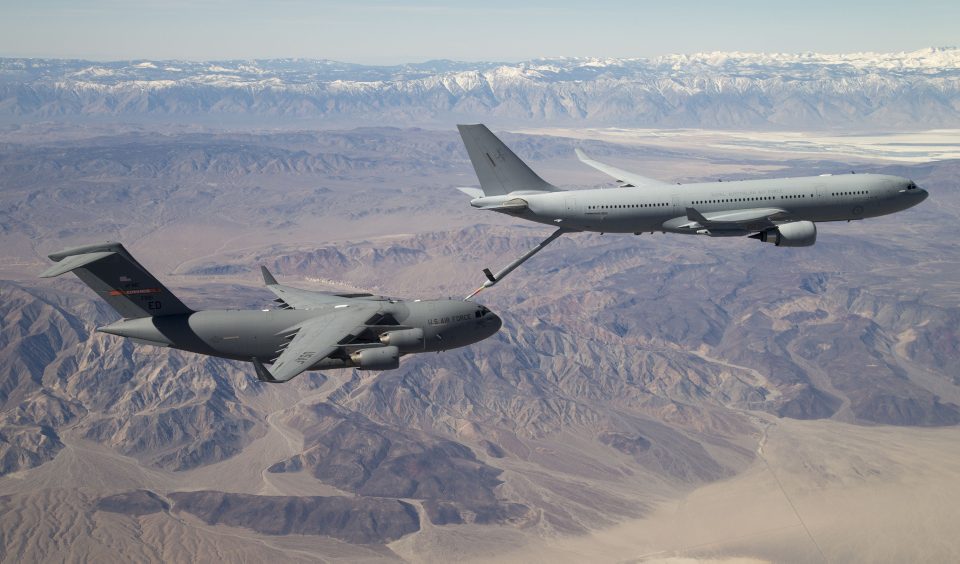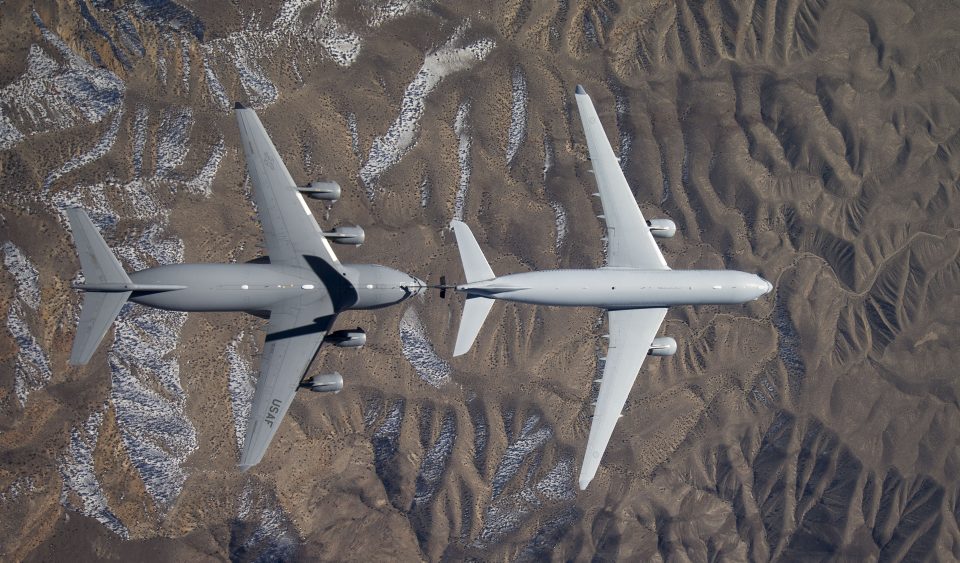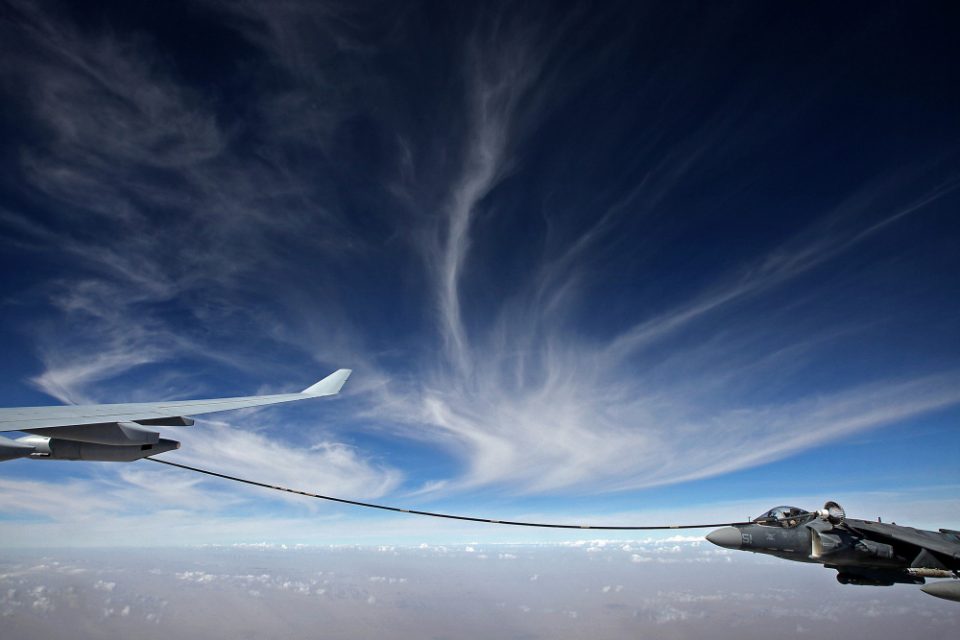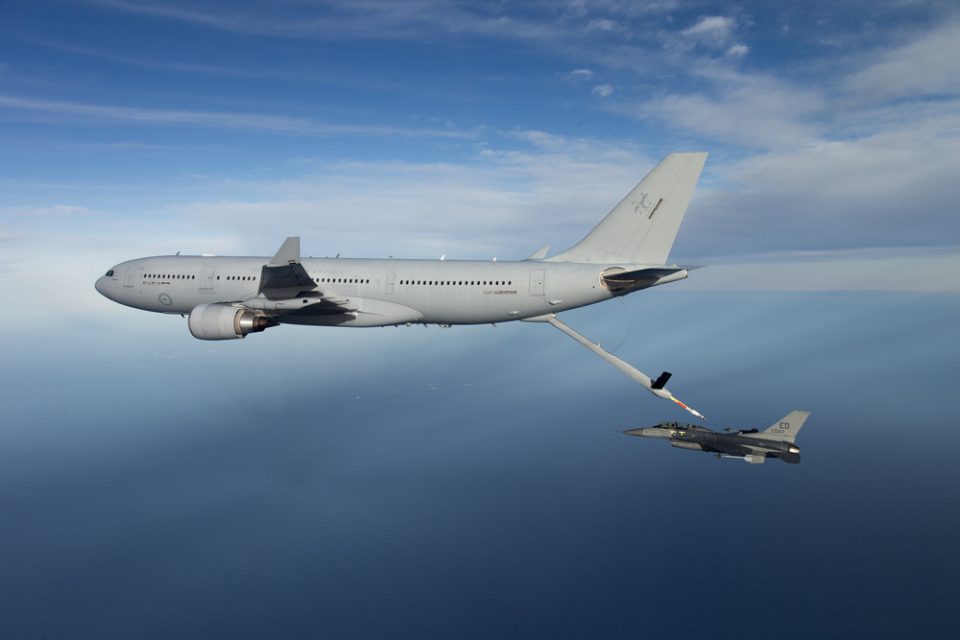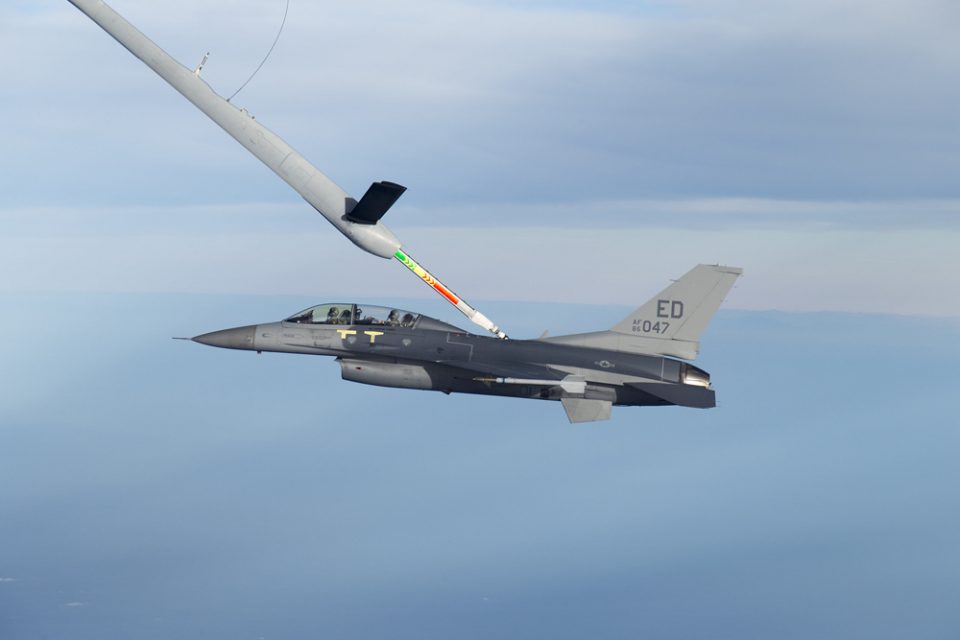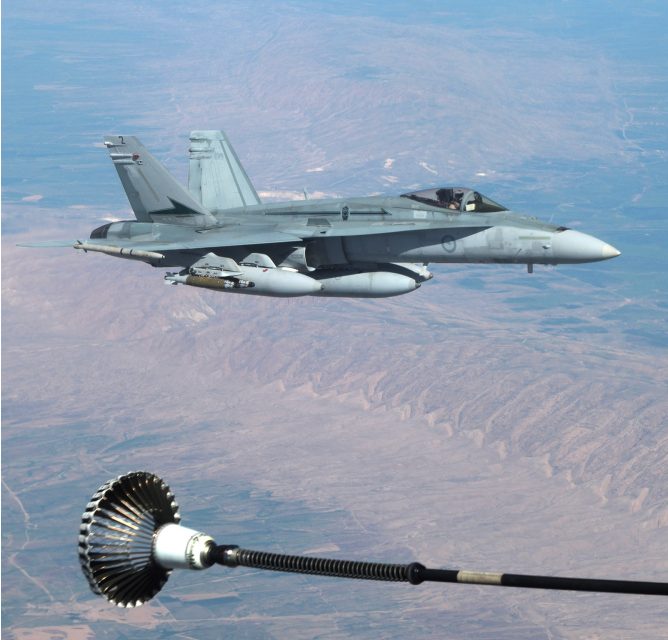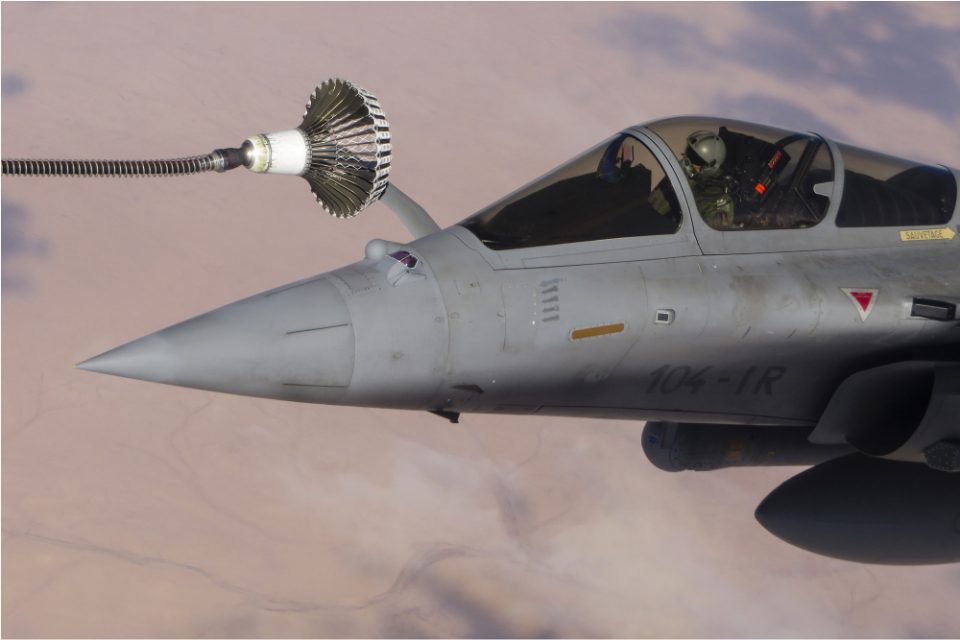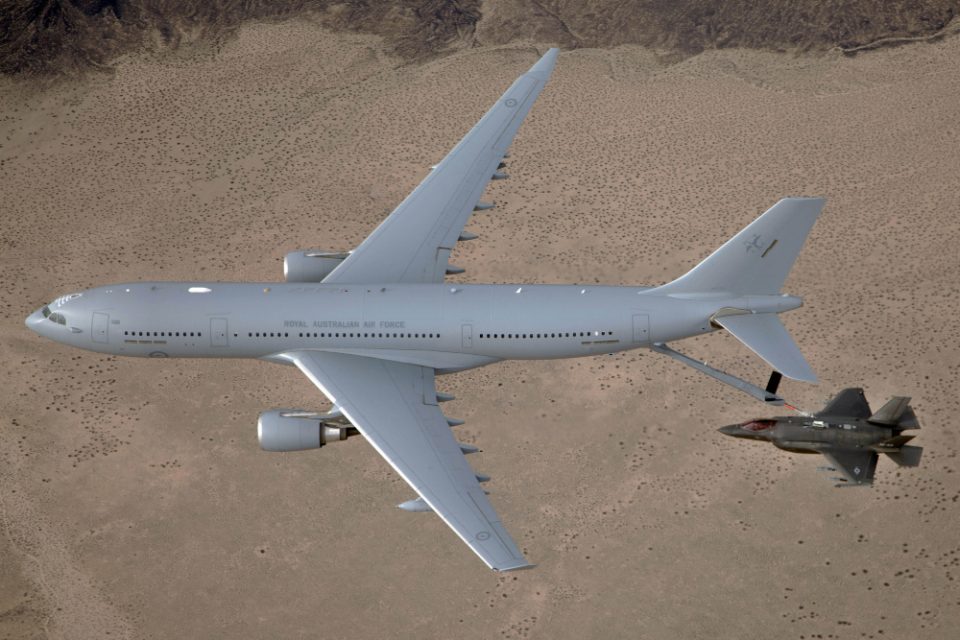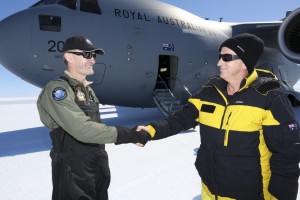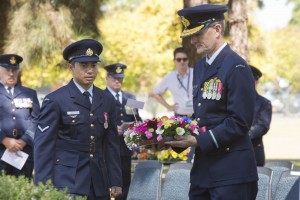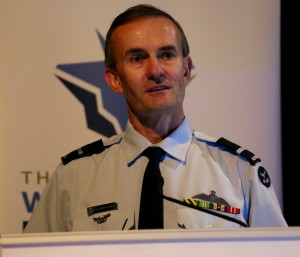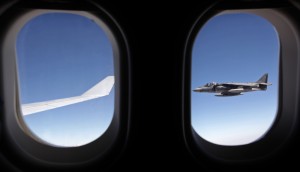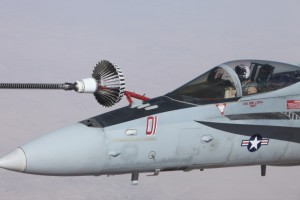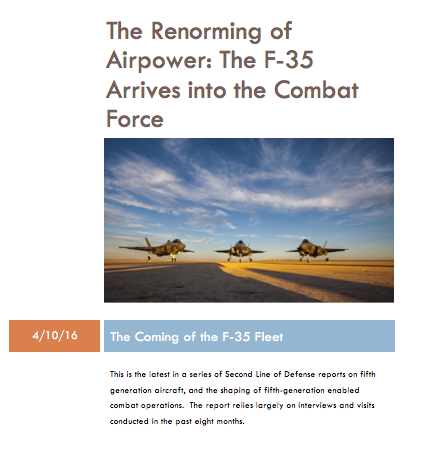2016-04-13 By Robbin Laird
Last August, I had to chance to visit the SRG and discuss its mission, platforms and evolution with Air Commodore Westwood, and members of his team.
Air Commodore Westwood characterized SRG as a “pre-Jericho” force in the sense that the various ISR and C2 assets within the SRG were focused on collaborative ISR and C2 to provide both protection for Australia and to enable the expeditionary force to operate more effectively.
But the force was evolving with new platforms entering the force and with the evolution of the RAAF and Australian Defense Force overall in terms of shaping a more integrated force able to operate in the extended operational or battle space.
https://sldinfo.com/the-raafs-surveillance-and-response-group-looks-at-the-way-ahead/
The torch has been handed to the new Commander of the SRG, Air Commodore Craig Heap.
I had a chance to discuss his thinking about the way ahead for the Royal Australian Air Force’s SRG, including the coming into the force of the P-8 and Triton and their impact and roles within that further evolution of the SRG.
Air Commodore Heap became the Commander of the SRG as of December 2015.
He has a long history in working Maritime ISR and Response operations in a variety of operational settings, including an appointment as the Joint Task Force 633 Air Component Commander in the Middle East in 2010, and command of the multi-national Air Task Group during the search for the missing Malaysian airliner, MH370.
In our discussion, he argued that the aperture needed to be opened on what SRG is doing, including evolving the SRG contribution to ADF and coalition partners.
“When we talk traditionally about the SRG mission, we talk about surveillance, battle space management and maritime warfighting.
That is now too limited given the potential of the capabilities we have, and are acquiring.
We need to broaden the mission into wider intelligence, surveillance, reconnaissance, battlespace control and strike roles, across multiple domains, which is where we are evolving along with the parallel evolution of the RAAF and the ADF.
The mission statement needs to focus not only on classical air battlespace management, but control of the battlespace.”
This comment fits in well with several of the other interviewees I have had with the Australian forces which really are concerned with how the ground, air and maritime components can co-evolve and shape a 21st century concepts of operations.
The graph below captures the sense of how the ISR, strike and C2 elements are being recast as the RAAF pursues Plan Jericho.

This affects very much as well how the RAAF thinks about any new platforms it adds to the force as well.
As the COS of the RAAF Air Marshal Leo Davies put it:
“It is like a jig saw puzzle.
You have these really nice pieces to the puzzle sitting in the container, but until you begin to look at the picture your trying to create through the overall puzzle, you do not know which bit goes where…..
How would you operate the air warfare destroyer differently as you add a Wedgetail, a P-8, a Triton or an F-35 to its operational environment?
And conversely, how could the changes in how the destroyer would operate as you evolve systems on it, affect how you operate or modernize the other pieces of the evolving puzzle?”
It is in this manner which Air Commodore Heap discussed the P-8 and Triton coming to the force, rather than seeing them as simply a replacement for the P-3.
Obviously, the P-8 can be considered a replacement in terms of the core mission performed by the P-3, but with the evolving approach towards “integratability,” to use Air Marshal Davies’ term, Heap is focused on how the new platforms can drive further change in how the entire SRG operates and shapes the further evolution of the RAAF, and beyond that to the entire ADF.
In the 2012 video below, Heap explained, after a flight onboard a P-8 being tested in Australia in doing ASW prosecutions, how he saw the platform and its evolving role.
Air Commodore Heap sees the platform as evolving in the integrated battlespace and underscored that how Australia was acquiring the platform was central to how it could co-evolve with other key assets.
“With FMS, you are buying a car off of the showroom floor.
We did not do that here; we are partners in the program, which allows us to become de facto shareholders in the program itself.
We are a cooperative development partner.
This puts the RAAF at the ongoing development table for the life of the program, to enable us to influence the capabilities of the platform as it evolves, ensuring that we can get an evolved platform that meets our needs.
For example, we needed the aircraft to perform a search and rescue function, something the USN did not have as a core role; they rely on the USCG.
But we needed a specialist payload to do this, and courtesy of the cooperative program, the USN has agreed to have an interim capability, followed by a fully developed deployable SAR payload built into the program as a priority. The USN as a our partner is also interested in using the kit on occasions when long distance maritime search is required.
The USN and your embedded RAAF instructors are currently flying Increment 1 but will Increment 2 will be the version that we will get with the first aircraft. We will initially get a mix of Increment 1 and 2 aircraft, but will be spirally upgraded to an all increment 2, then 3 fleet in lockstep with the USN.
We are deeply involved with the USN as well in designing and working Increment 3.
It is important to understand that what we are talking about is the actual evolution of the platform, and wider weapon system over time, which from our point of view needs to work with Wedgetail, F-35, Growler, Triton, the Air Warfare Destoyer, Special Forces and other core warfighting assets in the battlespace.”
He then went on to make a key point that with the USN is working very hard to integrate its core air assets, the Super Hornet, the F-35, the Growlers, the P-8s and the Triton UAVs, to work together that this would provide an important leg up on the kind of integration the ADF was looking for across the battlespace.
And of course, the SRG flies and operates systems which in the U.S. would be operated by either the USMC or USAF, so this drives the RAAF need to broaden the aperture on integration beyond what classically the USN would do, but there clearly are currently USN leaders who are thinking along the lines of the RAAF leadership, such as Air Commodore Heap articulated in the interview.
He clearly was looking forward to adding the Triton to the fleet whereby the Remotely Piloted Aircraft could do wide area surveillance as an asset which could allow for better use of manned assets, or to support the initial assessment of HADR scenarios, or low intensity operations.
“What that means for our highly capable Naval surface forces is that before, where they could have an effect based principally on their organic means, which was limited by the range of their sensors and weapon systems, they now can have an effect at much greater distance, courtesy of support from a suite of state of the art RAAF assets in terms of integrated ISR, strike and C2.
As the lead for the Jericho Maritime warfighting program, we will leverage off the key Jericho tenets of maximizing combat effectiveness, facilitating innovation at the lowest level and speeding up and simplifying acquisition.
And then the question will become where is the best place to do the operational C2 in the battlespace, which will vary by mission to be on the ground, at sea or in the air, critically with full, degraded or denied enabling space capabilities such as SATCOM and GPS.
That is where we want to go with the evolving SRG,.”
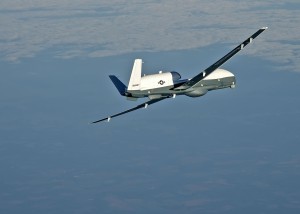
Air Commodore Heap added: “My concept is to seek, acquire and potentially employ decisive, highly protected asymmetric effects across the spectrum of warfare though our people’s, and industry’s great ideas.
We need to have open system architectures with the flexibility to spirally add capabilities at speed, not be hamstrung by a 5 year acquisition cycle. If ISIS has an acquisition cycle, and I believe it does, it certainly isn’t as limited as our previous processes.
Our new FPR capability acquisition processes and Defence structure is designed to correct this issue.
The new Joint Air Battle Management system announced in the recent Defence White Paper will be sourced using this principle, so in 2025 when a developing technology becomes mature, it can swiftly be acquired almost immediately fielded on operations if required.”
And shaping a more effective sovereign integrated force was important for Australia, for its own national defense and to become a more capable ally for its partners.
“We are small but we want to be capable of being a little Tasmanian Devil that you don’t want to play with because if you come at us, were going to give you a seriously hard time that will probably not be worth the effort; deterrence in its purest form.”
The slideshow above shows Air Commodore Heap at various stages of his career and the photos are credited to the Australian Ministry of Defense.
In the first photo, outgoing Commander Surveillance and Response Group (CDR SRG), Air Commodore (AIRCDRE) Chris Westwood (left) and incoming CDR SRG, AIRCDRE Craig Heap.
In the second photo, then Officer Commanding No 92 Wing RAAF, Group Captain Craig Heap (left) speaks with Republic of Korea Navy (ROKN) pilot Captain Jinyong Lee and RAAF Air Commodore Gavin Turnbull upon the arrival of a ROKN P-3C Orion maritime patrol aircraft at RAAF Base Pearce, Western Australia.
In the third photo, Four RAAF AP-3C Orion maritime patrol aircraft and HMAS Success along with four Chinese ships, Xue Long, Kuulunshan, Haikon and Qiandaohu are involved in the search for the missing Malaysian aircraft. A Royal New Zealand Air Force (RNZAF) P-3K2 Orion aircraft, a United States (US) Navy P-8 Poseidon maritime patrol aircraft, two People’s Liberation Army Air Force (PLAAF) Ilyushin IL-76 and two Japan Maritime Self Defence Force (JMSDF) P-3C Orion aircraft form the international military contribution along with the P-3C Orion and C-130H Hercules from the Republic of Korea.
In the fourth photo, on the hardstand in front of the US Navy P-8A Poseidon maritime surveillance aircraft and a No. 2 Squadron (2 SQN) E-7 Wedgetail is Commander Surveillance and Reconnaissance Group (SRG) then Air Commodore Chris Westwood (fourth from right), then Officer Commanding No. 92 Wing Group Captain Craig Heap (fifth from left), and Commanding Officer 2 SQN Wing Commander Paul Carpenter and 2 SQN aircrew.
In the fifth photo, incoming Officer Commanding (OC) No. 92 Wing, Group Captain David Hombsch (left) farewells the outgoing OC, Air Commodore Craig Heap on the No. 92 Wing flight line.
Finally, (L-R) then Deputy Chief of the Air Force, Air Vice Marshal Gavin Davies, CSC, then Officer Commanding 92 Wing, Group Captain Craig Heap and then Commander Surveillance and Response Group, Air Commodore Stephen Osborne, CSC, listen to the welcome home speech conducted by the Chief Joint Operations, Lieutenant General Brian Power, AO, CSC.
The Biography of Air Commodore Heap:
Air Commodore Heap joined the RAAF in 1984 as a direct entry pilot. On graduation from 132 Pilots Course in June 1985, Air Commodore Heap was posted to 34 SQN as a VIP copilot for 12 months. He then completed the Aircraft Systems Course at the School of Air Navigation before posting in 1987 to 5 SQN as an Iroquois helicopter pilot.
In 1989, with the demise of the RAAF helicopter fleet, Air Commodore Heap was attached to 292 SQN for P-3C conversion and subsequently served at 11 SQN until 1993. During this time he was selected as the 92WG display pilot for the RAAF 70th Anniversary.
In 1993 Air Commodore Heap was posted to 2FTS as a Qualified Flying Instructor, after completing the Central Flying School, Flying Instructors Course. Returning to 292 SQN in 1994 as a P-3C Qualified Flying Instructor, he instructed at 292 SQN for 18 months before returning to 11 SQN as the SQN Qualified Flying Instructor. Air Commodore Heap also resumed the role of 92 WG display pilot for the RAAF 75th Anniversary Airshow calendar.
On promotion to Squadron Leader in 1996, he served as the B Flight Commander and 11 SQN Qualified Flying Instructor for three years until the end of 1998. During this posting Air Commodore Heap acted as the Detachment Commander on numerous joint and combined exercises and operations, in Australia and overseas.
In late 1998 Air Commodore Heap was posted to the Central Flying School as the A Flight Commander, in charge of the RAAF Flying Instructors Course. In 2000, Air Commodore Heap was appointed as the Chief Flying Instructor, Central Flying School. As Chief Flying Instructor he was responsible for the conduct of all flying operations within the school including; Roulette training and operations; overseeing the pure flying and instructional standards of all ADF pilots; and Qualified Flying Instructors, in addition to facilitating the RAAF Flying Supervisors Course.
In 2001, Air Commodore Heap was selected to attend the Canadian Forces Command and Staff Course in Toronto, Canada. Departing for Canada in mid 2001, he was promoted to Wing Commander and on return to Australia in mid 2002 was posted to Weston Creek, Canberra as member of the Directing Staff of the new Australian Command and Staff College. For the majority of his tenure at the College Air Commodore Heap was the manager of the Joint Operations Module, instructing course members in the planning and conduct of large scale coalition operations. In 2005 he was awarded the Chief of Defence Force Commendation for his service to the Australian Command and Staff College.
Air Commodore Heap returned to 92WG for refresher on the AP-3C in January 2005 as the incumbent Commander of the AP-3C Task Group in the Middle East. For his command of this Task Group he was awarded the Vice Chief of Defence Force Commendation. On return from the Middle East in late 2005 until mid 2007 he served as the Commanding Officer of No 10 SQN.
In 2007 Air Commodore Heap was posted as the Director of Studies Air and Chief of Operations at the Australian Command and Staff College. In November 2008, Air Commodore Heap commenced duties as the Chief of Staff to the Chief of Defence Force, from which he was posted to the Centre for Defence and Strategic Studies in January 2010, completing a Master of Arts (Strategy) Degree with Deakin University. From November 2010, Air Commodore Heap returned to the Middle East as the Joint Task Force 633 Air Component Commander until June 2012, for which he was awarded the Commendation for Distinguished Service in the 2012 Queens Birthday Honours’ list. In October 2011 Air Commodore Heap assumed the post of Officer Commanding 92WG.
During early 2014 Air Commodore Heap deployed to Perth as the Commander of the Multi-national Air Task Group searching for the missing Malaysian Airlines flight MH370 and was subsequently awarded the Conspicuous Service Cross (CSC).
In July 2014, Air Commodore Heap assumed the post of Director General Aerospace Development on promotion to Air Commodore.
On 02 December 2015 Air Commodore Heap assumed command of Surveillance and Response Group and was simultaneously appointed the Senior Australian Defence Force Officer (SADFO) at RAAF Williamtown.
Editor’s Note: The second slideshow are of the Triton, with the first two photos credited to the US Navy and the rest to Todd Miller.


